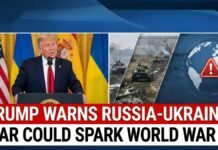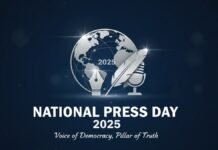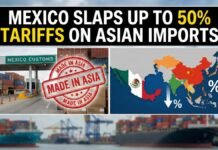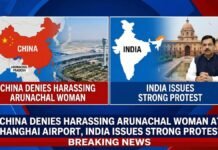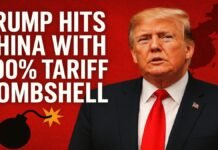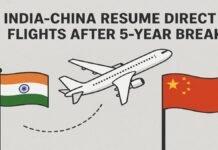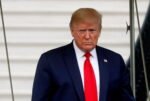
Beijing: China has stepped up its military pressure on Taiwan (China-Taiwan Conflict), a self-ruled island that Beijing claims as its own. In the past 24 hours, China has sent a record number of warplanes near Taiwan’s air defense identification zone (ADIZ), a buffer area that extends beyond the island’s airspace. Taiwan’s Defense Ministry issued an alert on Monday, saying that it had detected 103 Chinese fighter planes flying close to the island between September 17 and September 18.
According to the Hindustan Times, this was the highest number of Chinese warplanes that Taiwan had ever encountered in a single day. The report said, “The Ministry of National Defense said that the total number of Chinese fighter planes detected between September 17 and September 18 was 103. Which was the highest among the fighter planes sent by China recently. This has created serious challenges for security in the Taiwan Strait and the region.”
The ministry further said, “Beijing’s continued military harassment could easily escalate tensions and worsen regional security.” The ministry urged China to “immediately stop such destructive unilateral actions”. It also said that it had scrambled its own jets and deployed air defense missiles to monitor and deter the Chinese intrusions.
This latest episode comes as part of a series of increased military maneuvers by Beijing near Taiwan. In recent months, China has conducted frequent exercises and patrols around the island, often involving dozens of aircraft and ships. China has also sent warships, including an aircraft carrier, into the seas around Taiwan. Beijing’s latest show of force followed a meeting on Wednesday in California between Taiwan’s President Tsai Ing-wen and US House Speaker Kevin McCarthy.
China’s aggressive actions are seen as a way to intimidate and isolate Taiwan, which it considers a renegade province that will eventually be under Beijing’s control. China’s President Xi Jinping has said “reunification” with Taiwan “must be fulfilled” – and has not ruled out the possible use of force to achieve this. But Taiwan sees itself as distinct from the Chinese mainland, with its own constitution and democratically-elected leaders.
The core of China’s claim on Taiwan is the One China Policy. Which claims that there is only one sovereign state called ‘China’ and both Taiwan and the mainland are part of that single entity³. The PRC insists that Taiwan is a province of China that has temporarily seceded and should eventually be reintegrated with the mainland. Whether that means peacefully or, if necessary, by force.
Taiwan, however, rejects the One China Policy and asserts its sovereignty as the Republic of China (ROC). The ROC was established in 1912 after the fall of Imperial China and ruled over mainland China until 1949 when it lost the civil war to the Communist Party of China (CPC) and fled to Taiwan. The CPC then founded the People’s Republic of China (PRC) in Beijing and claimed to be the sole legitimate government of all of China.
Since then, both sides have maintained separate political, economic, and social systems. Taiwan has developed into a vibrant democracy with a free press and civil society, while China has remained under one-party rule with tight control over information and dissent. Taiwan has also forged its own identity and culture, influenced by its indigenous peoples, Japanese colonial history, and Western influences.
The dispute over Taiwan’s status has been a major source of tension between China and the United States, which has a complicated history with both sides and has long trod a delicate middle path. The US does not officially recognize Taiwan as a sovereign country but maintains unofficial ties with it through the Taiwan Relations Act of 1979. The act also requires the US to provide Taiwan with arms for self-defense and to oppose any attempt by China to change the status quo by force.
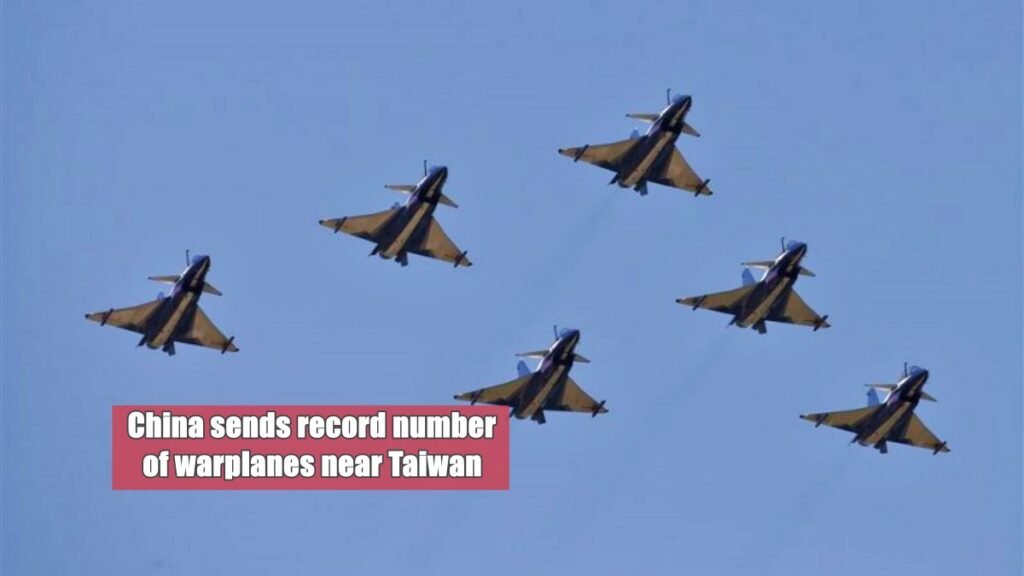
In recent years, however, China’s authoritarian turn under leader Xi Jinping and plummeting relations with Washington have pulled Taiwan closer into the orbit of the US. The US has increased its support for Taiwan on various fronts, such as arms sales, diplomatic visits, trade talks, and security cooperation. This has infuriated Beijing, spurring it to unleash more pressure on Taiwan and sending cross-strait relations on a downward spiral.
The situation has raised fears of military escalation, even as experts caution that an imminent all-out war remains unlikely. Both sides have strong incentives to avoid direct conflict, which could have devastating consequences for themselves and the region. However, there is also a risk of miscalculation or accident that could trigger a crisis or escalation. Therefore, many analysts call for dialogue and confidence-building measures between Beijing and Taipei to reduce tensions and prevent misunderstandings.









